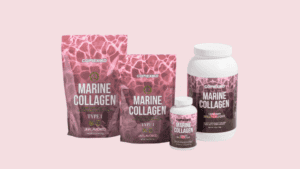Last Updated on May 23, 2025 by Packoi Team
With advancements in IoT, sensors, and eco-friendly materials, packaging can now monitor conditions, adapt to environments, and even communicate directly with customers.
Industries like food, pharmaceuticals, and electronics are leading this shift, where product integrity is critical. As a result, the smart packaging market is projected to grow from $37.68 billion in 2023 to $60.49 billion by 2032.
Read on to discover how smart packaging can keep your business competitive and deliver added value across the supply chain.
What Is Smart Packaging?
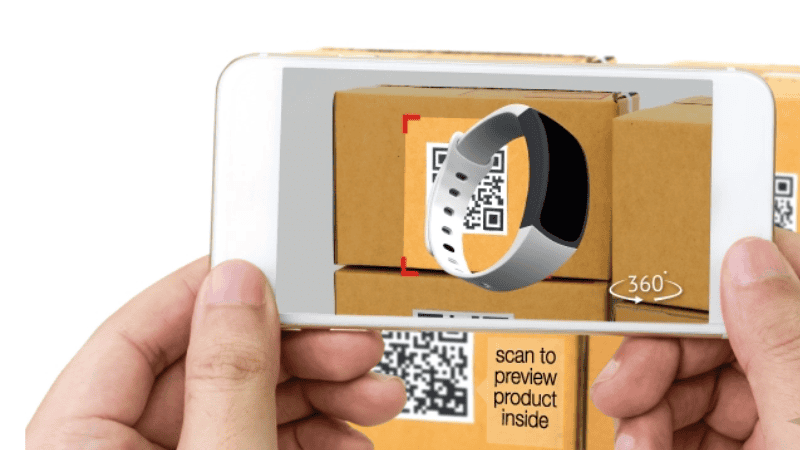
Smart packaging technology is an innovative way to enhance traditional packaging. It involves adding QR codes, sensors, and indicators to product packages to create a dynamic experience for you and your customers.
Basically, Smart packaging is the difference between a static box and a dynamic one that can engage your customers on a whole new level.
Ready to Get Custom Packaging for Your Business?
start with a low minimum order quantity
Types of Smart Packaging
According to the smart technology definition above, smart packaging refers to a revolution in how you deliver products to your customers. Instead of just containing your product, it does so much more.
However, this is an umbrella term. To understand their unique abilities, you need to know the 2 main types of smart packaging.
Active Packaging
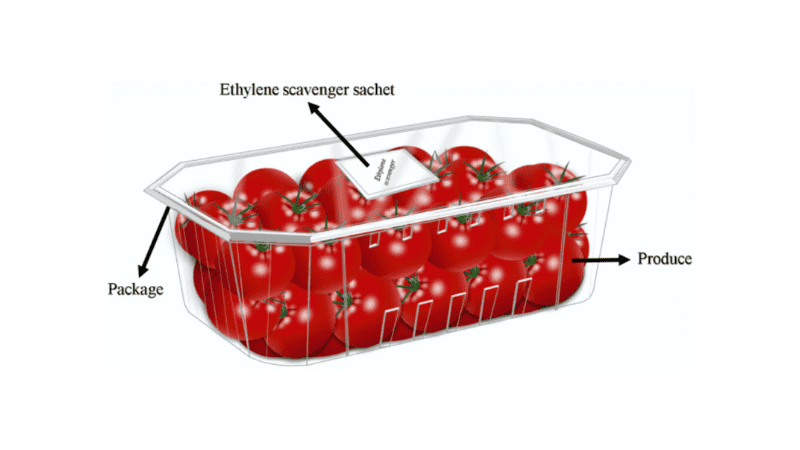
Active packaging is a smart package that interacts with the environment inside or surrounding the package to enhance or preserve the product.
Active packaging contributes to the quality and safety of what’s inside. It:
- absorbs excess moisture,
- releases antimicrobial agents, and even
- scavenges oxygen to maintain the perfect environment inside.
This translates to a longer product shelf life, reduced food waste, and happier customers.
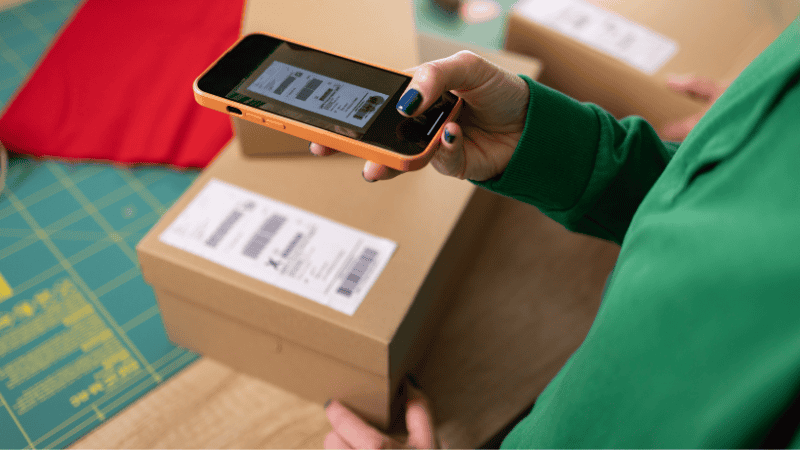
Some of the most commonly used elements in active packaging are oxygen scavengers, ethylene absorbers, antimicrobial agents, moisture absorbers, and light-filtering materials.
If you are in the food industry, you can use this innovative packaging idea to keep snacks crispy, prevent fruits from over-ripening, and ensure that meat stays fresh longer.
Those in pharmaceuticals can also benefit from active packaging by maintaining the effectiveness of medicines.
This isn’t just limited to the food, beverage, or pharmaceutical industry. Even those in the electronics sector use it to protect sensitive components from moisture and static.
Intelligent Packaging
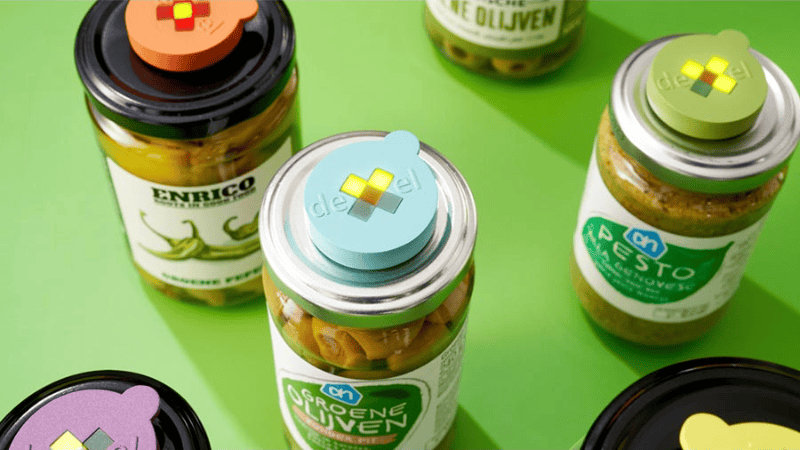
Intelligent packaging is a type of smart packaging that actively interacts with its contents, the external environment, and the consumer. Some people refer to it as connected packaging.
Unlike active packaging, which uses elements like oxygen scavengers, here you use sensors, indicators, and data carriers to monitor and communicate the product’s status inside.
In the smart food packaging market, freshness indicators can show if food and beverage products are still good to eat, while time-temperature indicators primarily help you track the storage conditions of perishable goods.
But that’s not all, RFID tags and QR codes provide consumers with detailed product information via their smartphones.
Active vs. Intelligent Packaging
To better understand the differences and strengths of each smart packaging category, here’s a table comparing active and intelligent packaging types:
| Feature | Active Packaging | Intelligent Packaging |
|---|---|---|
| Primary Function | Enhances and preserves product quality | Monitors, communicates, and tracks data |
| Core Technologies | Oxygen scavengers, moisture absorbers, antimicrobial agents | Sensors, RFID tags, QR codes, temperature/freshness indicators |
| Interaction Type | Reacts to internal/external environment | Communicates with users and external systems |
| Industries Most Used In | Food, pharmaceuticals, electronics | Food, pharmaceuticals, logistics, retail |
| Benefit Highlight | Extends shelf life and reduces spoilage | Enables traceability, real-time data, and customer engagement |
| Customer Experience | Indirect (better quality) | Direct (interactive experiences via smartphones or AR) |
Whether you’re a food manufacturer looking to prevent spoilage or an e-commerce brand wanting to wow customers with interactive packaging, smart packaging solutions can elevate your business strategy.
Key Benefits of Smart Packaging for Your Business
The following are the benefits you are likely to enjoy when you use smart packaging:
1. Improved Product Safety and Quality
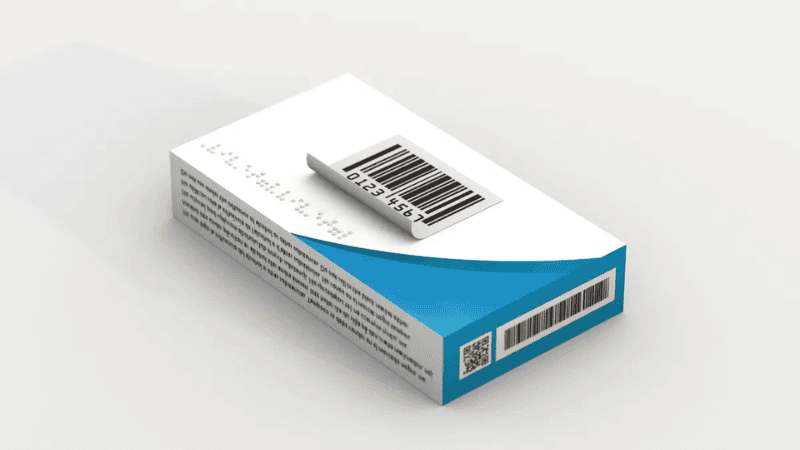
Customers demand high-quality products. For this reason, you must take appropriate measures to ensure that goods reach consumers at the right quality. Smart packaging is one of the ways you can achieve this goal.
This latest trend in packaging integrates sensors, labels, or indicators into packaging materials to monitor various aspects of a product. Most of these factors include:
- Temperature
- Humidity
- Freshness
So, if you choose smart packaging, you’ll gain precise insights into the conditions your products encounter right from manufacturing to delivery.
If a temperature-sensitive product such as medication or perishable food deviates from the recommended range during transit, sensors trigger alerts. You’ll then be prompted to correct this to prevent spoilage or degradation.
2. Better Consumer Engagement
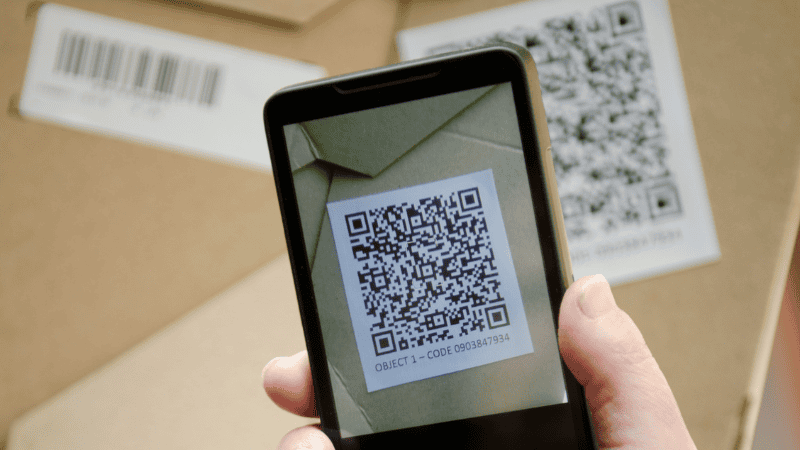
Traditional packaging is static, lacks visual appeal, and doesn’t interact with customers beyond providing basic product information. This makes it challenging for your brand to stand out on the crowded shelves.
Many businesses have found a clever way around this: They use smart packaging to connect with consumers in previously unknown ways. As per the current smart packaging trends, your customers can scan a QR code or tap on an NFC tag with a smartphone to unlock:
- detailed product description
- usage instructions
- promotional content
- loyalty rewards
Furthermore, Augmented reality technology brings the product to life. With a smartphone camera pointed at the package, your customers can see a 3D model of the product in action. Some brands use AR to offer virtual try-ons for cosmetics, accessories, and such items.
3. Efficient Supply Chain Management
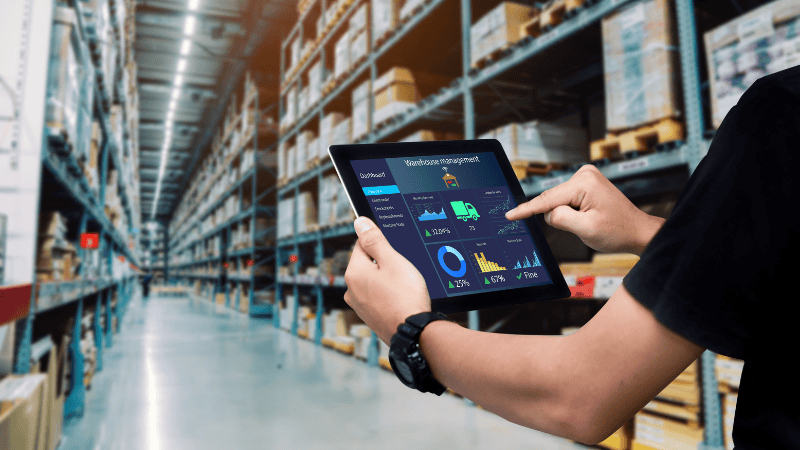
You are probably familiar with the headaches that come with supply chain management: lost shipments, inventory discrepancies, and delays at every turn. Any one of these issues is enough to make your head spin.
But this changes with smart packaging. It utilizes RFID tags, sensors, IoT devices, and other cutting-edge technologies to collect data on the status and location of goods throughout the supply chain.
You’ll have full visibility into a product’s whereabouts and condition from when it leaves the manufacturing facility to its final destination with smart packaging.
What Are the Disadvantages of Smart Packaging?
While this technology is largely helpful to both businesses and their customers, there are a few things you need to consider before using smart packaging.
1. High Cost
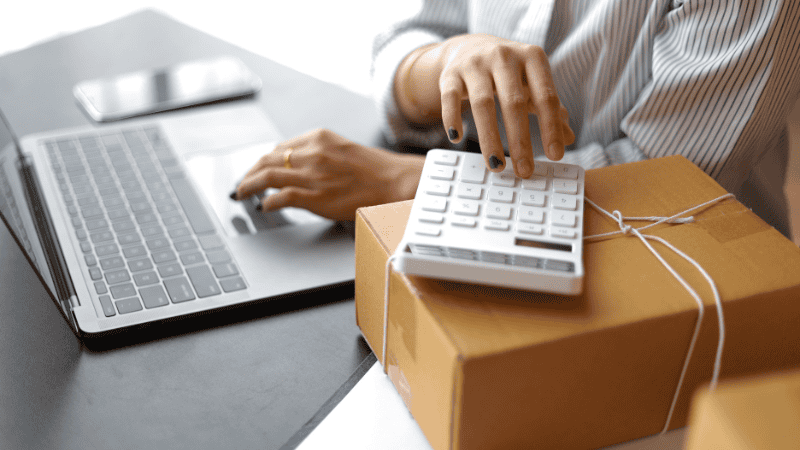
You are giving your packaging extra functionalities, so you must also pay the additional costs. Smart packaging technologies are generally more expensive to produce than traditional packaging.
It includes materials, manufacturing, and technology integration costs, such as sensors and electronic components.
But this is not all you need to worry about. Incorporating smart features is a complex process that can sometimes lead to defects if not done correctly.
This is exactly what you don’t need to happen. Malfunctions, inaccuracies, and failures of this technology will 100% undermine the benefits they should provide.
2. Environmental Concerns
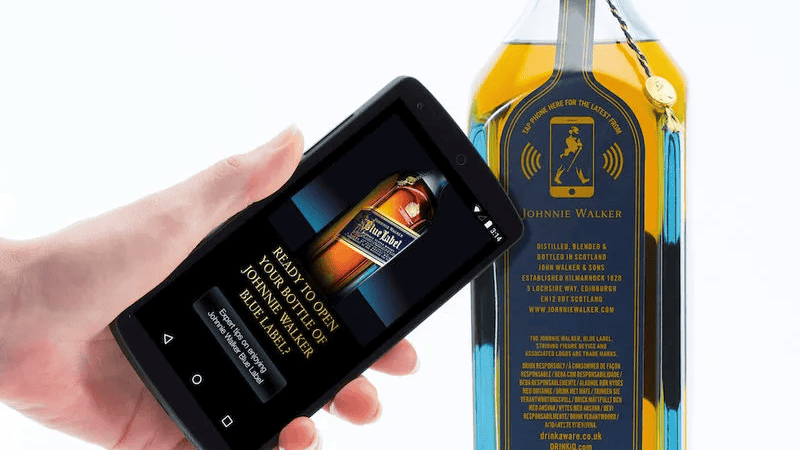
Many smart packaging solutions use electronic components and batteries, which are usually difficult to recycle and may contribute to electronic waste.
The production of these components often involves using rare and potentially hazardous materials. Therefore, the disposal of smart packaging, particularly those with electronic components, presents challenges. You need proper e-waste management to solve the potential crisis.
3. Privacy and Security Issues
Since smart packaging can collect and transmit data, it raises concerns about the privacy and security of the information collected. So, you need to ensure data protection and compliance with privacy regulations. This is challenging and costly at the same time.
Even after you have solved this issue, you’ll have to deal with other problems as well.
Not all consumers are comfortable with the technology associated with smart packaging. Therefore, expect some resistance due to a lack of understanding of the benefits.
Ready to Get Custom Packaging for Your Business?
start with a low minimum order quantity
6 Tips to Maximize Smart Packaging Solutions
These pointers will help you get the most benefits out of smart packaging. Take a look:
1. Define Your Goals Clearly
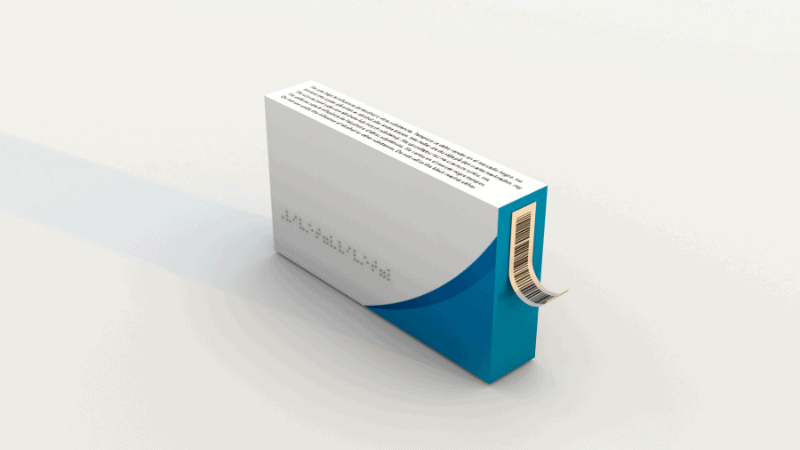
Goals serve as the foundation upon which you’ll measure the effectiveness of your smart packaging initiatives. Imagine if you didn’t define your goals. You’ll likely squander resources or even miss out on growth opportunities.
This is why you need to understand and set your objectives. Because when you know exactly what you want to achieve with smart packaging, you can tailor your strategies to meet those objectives.
2. Personalize The Customer Experience
Customers today seek relationships with brands that understand and cater to their needs. And that’s what this packaging method does.
It also opens the door to interactive and engaging marketing campaigns, as customers can scan codes to enter contests, unlock loyalty rewards, or participate in surveys. This way, they’ll feel more connected to your brand.
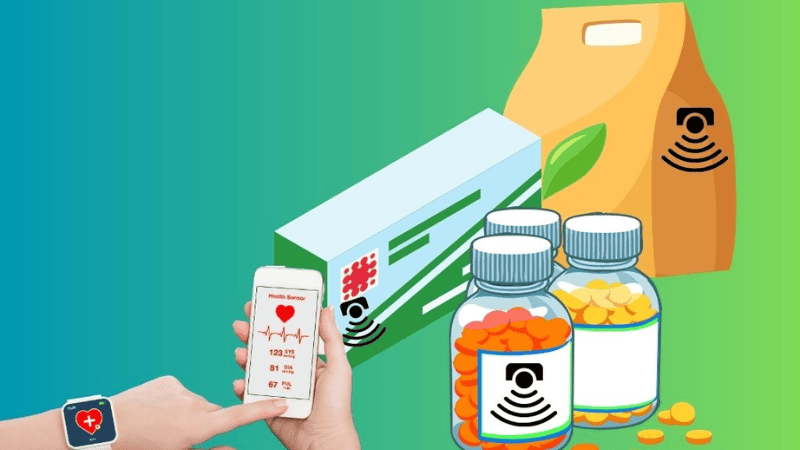
To get the most out of smart packaging solutions, start by understanding your customer base. Then use the data collected from interactions to improve your strategies continuously. This iterative process ensures your brand remains in tune with customer expectations.
3. Use Sustainable Materials
You now know about smart packaging. Imagine pairing this with sustainable materials. Biodegradable plastics, recycled paper, and compostable options reduce the impact of waste on landfills. Using these materials in packaging shows your commitment to environmental responsibility.
You should consider eco-friendly packaging that is frustration-free to open for two reasons.
One reason is that customers tend to shy away from products packaged in materials that harm the environment. This will also affect sales and customer retention and contribute negatively to the global waste crisis.
The other one is that governments are increasingly regulating the use of non-sustainable materials, which may lead to compliance issues and translate to extra costs for your business.
4. Ensure Compliance with Regulations
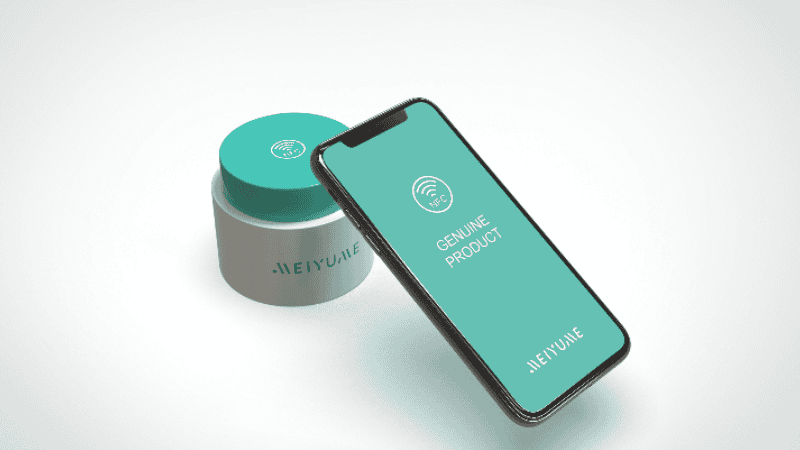
Compliance means your smart packaging can operate smoothly across different regions and markets. This reduces the risk of legal issues, fines, and disruptions primarily arising from non-compliance.
For example, if your smart packaging uses RFID technology, you should follow specific frequency regulations in various countries to avoid interference with other devices. Non-compliance might result in your products being held at customs or even banned from certain markets.
5. Monitor and Analyze Data
While the sensors and tags collect information throughout the product’s lifecycle, it’s what you do with the data that matters.
Simply put, analyzing data helps you understand patterns and trends. For example, if your smart packaging indicates that certain products consistently face delays during shipping, you should investigate and address the root cause.
6. Focus on Safety and Security
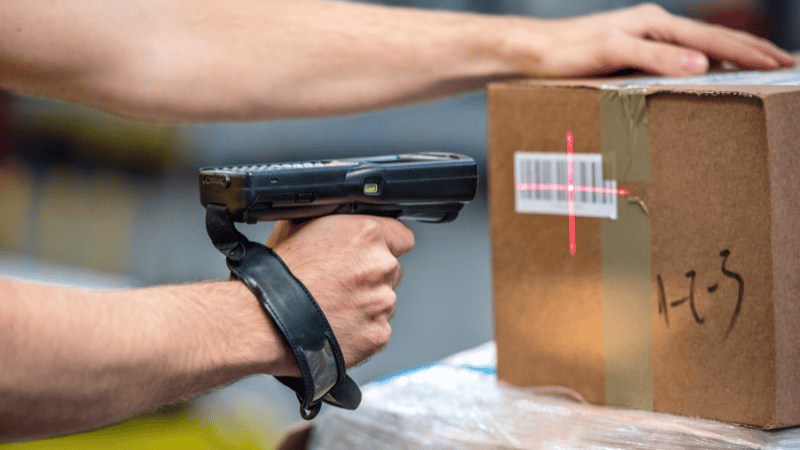
Quality control in smart packaging means using technology to prevent tampering, detect contamination, and track products throughout the supply chain.
Use packaging to enhance safety through features like tamper-evident seals, which show if a product has been opened or altered. These seals can deter tampering and reassure customers that the product they receive is intact and safe to use.
Examples of Smart Packaging in Use
We’ve learned so much about smart packaging. Now, let’s take a quick look at the companies that use this technology to see whether it’s helping them or not.
1. Coca-Cola
This company uses smart packaging to connect with a younger audience. It aims to drive brand loyalty by offering unique, engaging experiences. Customers only need to scan a QR code to enjoy exclusive gaming content, special promotions, and rewards.
Coca-Cola’s approach has shown positive results. Gamers and other young customers are eager to scan the codes, participate in the promotions, and share their experiences on social media. This boosts Coca-Cola’s visibility.
2. Amazon
Amazon has implemented smart packaging technology to streamline operations and enhance the customer experience through its Dash Replenishment Services (DRS).
By embedding sensors into product packaging and compatible devices, Amazon enables automatic reordering of essential items as they are consumed.
This system minimizes the risk of product shortages for customers and supports seamless inventory management.
From printers that reorder ink to coffee machines that maintain a steady supply of beans, Amazon’s approach eliminates manual reordering, reduces downtime, and reinforces customer convenience through automation and data-driven efficiency.
3. Malibu’s Connected Bottles
Malibu adds NFC tags or QR codes to their rum bottles. This technology gives customers access to cocktail recipes, exclusive offers, and brand stories.
The smart packaging approach allows the brand to engage with customers long after they’ve made their purchase. It also provides for personalized marketing.
This smart packaging initiative has proven effective for Malibu and can be used for you, too. The unique identifiers have driven higher customer engagement and have been a key factor in building a stronger relationship with their audience.
Ready to Get Custom Packaging for Your Business?
start with a low minimum order quantity
FAQs
Why is smart packaging important?
It boosts product safety, improves consumer trust, reduces waste, and enhances supply chain management.
Which industries benefit most from smart packaging?
Food, pharmaceuticals, electronics, and logistics sectors benefit the most.
Is smart packaging sustainable?
It can be if paired with eco-friendly materials, but electronic components still raise recycling issues.
Can smart packaging track products during transit?
Yes, intelligent features like RFID and IoT devices provide real-time location and condition tracking.
How does smart packaging improve consumer engagement?
It allows customers to scan codes for information, promotions, or interactive experiences.
Conclusion
Smart packaging transforms the way we manage products or connect with customers. It uses advanced technology to add features to your traditional packaging to make it more interactive, informative, and efficient.
Through QR codes, RFID tags, and sensors, smart packaging can provide real-time data on product freshness, improve supply chain transparency, and enhance customer engagement.
Upgrade Your Packaging With Packoi’s Smart Solutions
If you want to enhance your packaging, our team offers innovative options that meet your specific needs.
Packoi‘s packaging solutions make it easy to add cutting-edge features, which ensure your products reach customers in perfect condition. Contact us for samples today.


